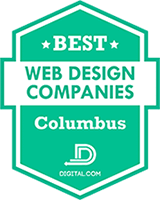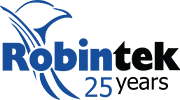Robintek + SEMrush: Powering Smarter SEO Strategies
At Robintek, we’re passionate about helping businesses grow through smarter, data-driven digital strategies, and that’s…
Rod VedderOctober 8, 2025
We are Robintek, a website development company & digital agency based in Akron and Columbus, Ohio, focused on working one on one with you to take your ideas, and make them a reality.
 GoogleLocal SearchSEO
Robintek + SEMrush: Powering Smarter SEO Strategies
GoogleLocal SearchSEO
Robintek + SEMrush: Powering Smarter SEO Strategies
 Content Creation & CopywritingContent MarketingMarketingSEOSocial MediaStrategy & ConsultingWeb Design
How AI Can Support (Not Replace) Your Marketing Strategy
Content Creation & CopywritingContent MarketingMarketingSEOSocial MediaStrategy & ConsultingWeb Design
How AI Can Support (Not Replace) Your Marketing Strategy
 Content Creation & CopywritingContent MarketingMarketingSEOSocial MediaStrategy & ConsultingWeb Design
Don’t Wait Until the Last Minute to Plan Your End-of-Year Marketing, Robintek Can Help
Content Creation & CopywritingContent MarketingMarketingSEOSocial MediaStrategy & ConsultingWeb Design
Don’t Wait Until the Last Minute to Plan Your End-of-Year Marketing, Robintek Can Help

190 S. State St.
Suite A
Westerville, OH, 43081
Phone: (614) 888-3001
Toll-Free: (800) 834-7430
169 E. Turkeyfoot Lake Rd.
Suite B
Akron, OH 44319
Phone: (330) 922-4065
Email: info@robintek.com
Proudly Serving Columbus and Central Ohio Businesses for Over 20 Years!
Now with an office in the North East Ohio, Akron/Canton Area.
